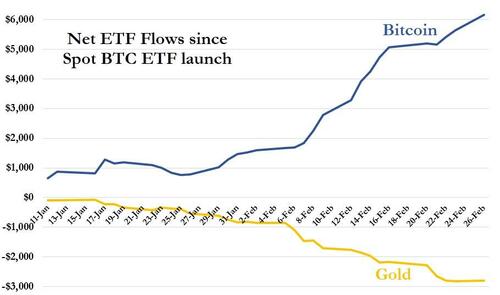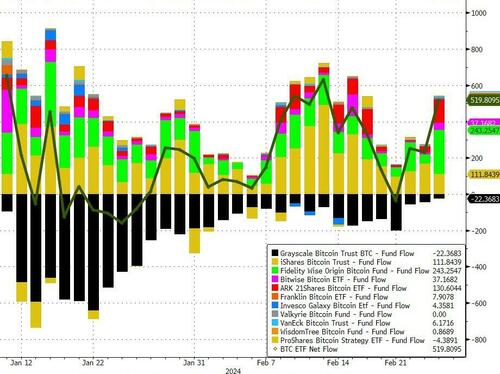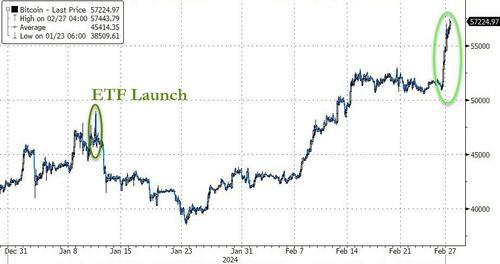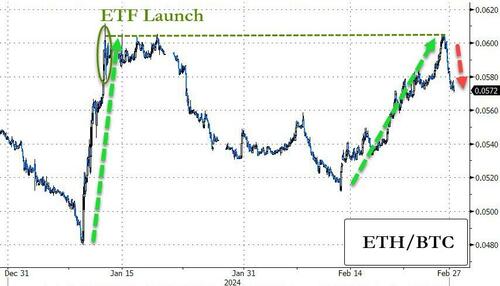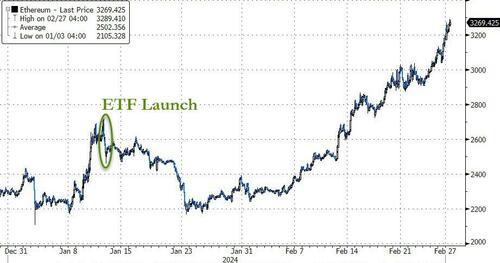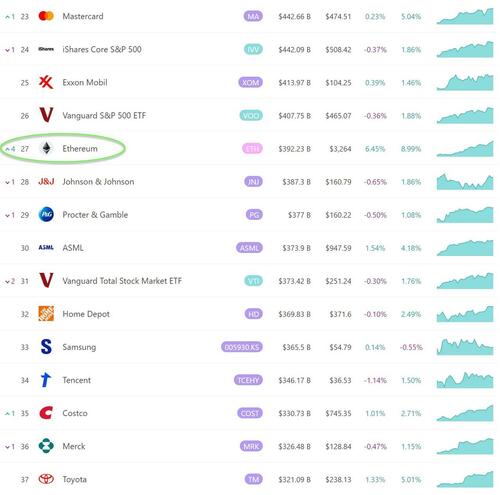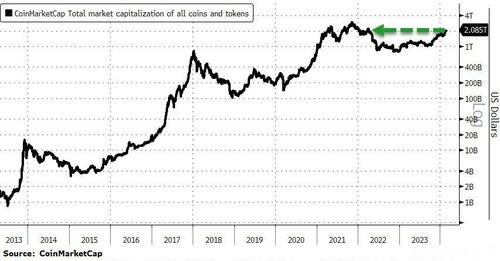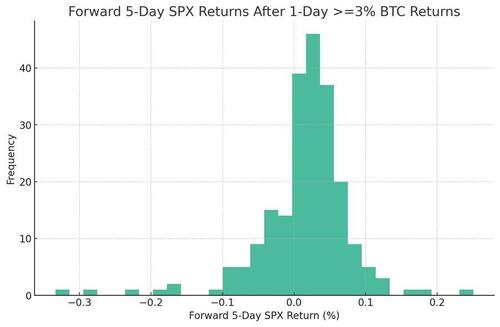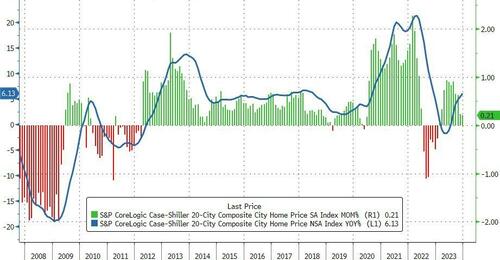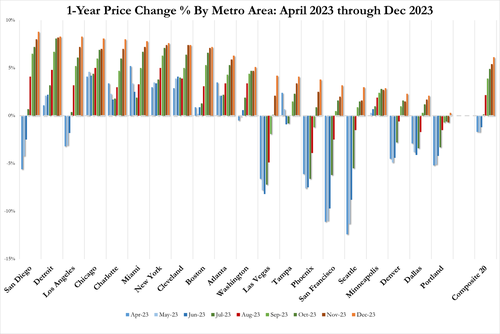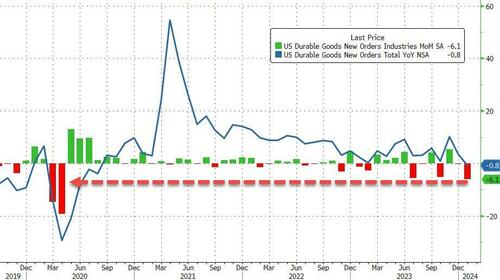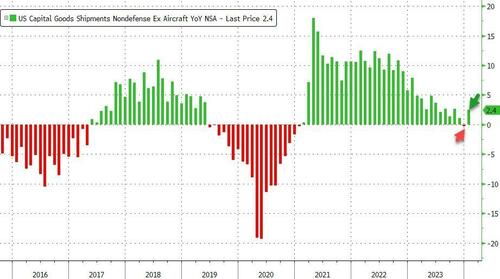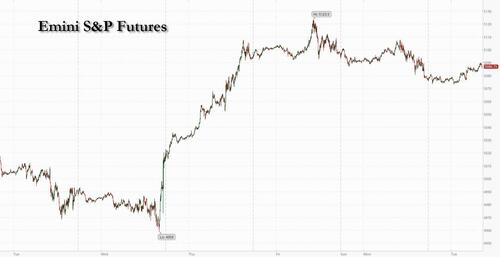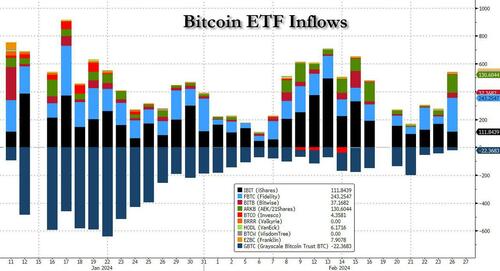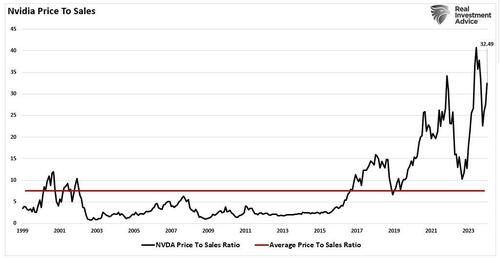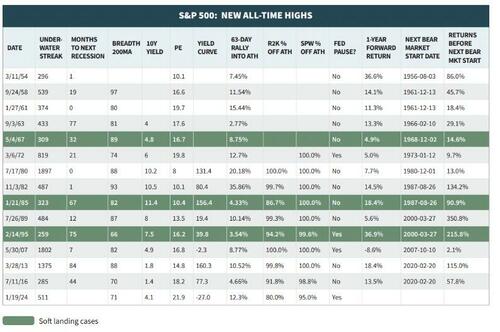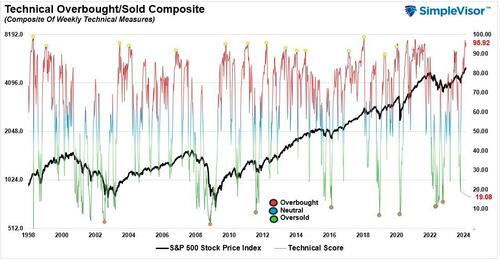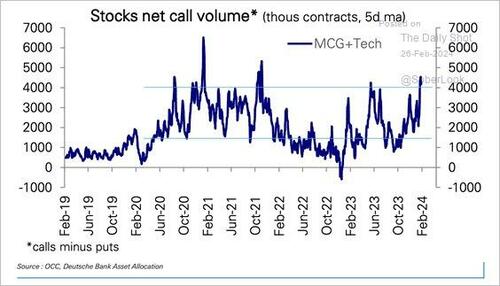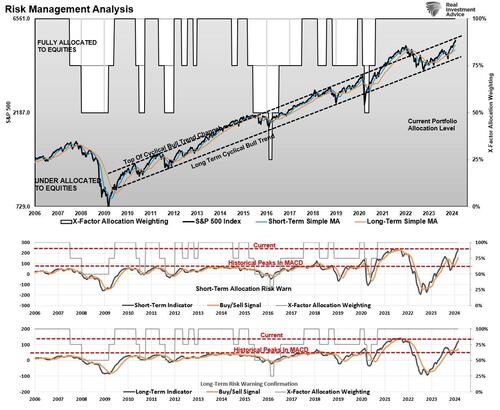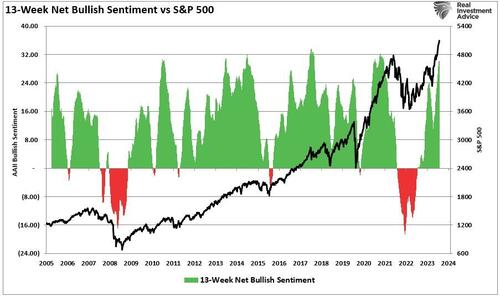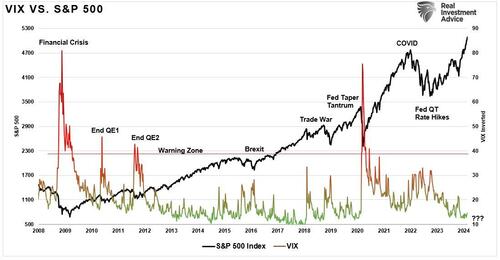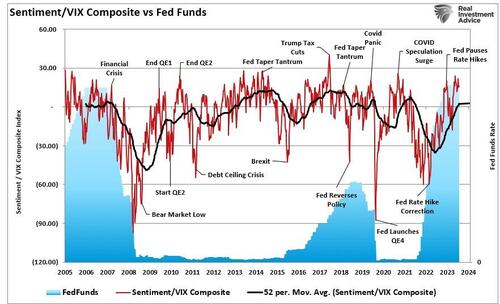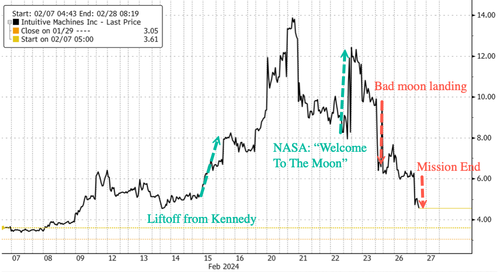Submitted by Claudio Grass,
Private property rights under siege
People invest in gold for many different reasons. Many do so out of concern over economic, monetary or political uncertainty. Others seek a hedge against inflation, a way to protect and preserve the real purchasing power of their savings. There are also those who simply seek some peace of mind, a dependable insurance, so that no matter what the future holds and no matter how bad the “worst case scenario” turns out to be, they would still have a solid “Plan B”.
All these are valid, sound and sensible reasons to invest in gold; at least for long-term investors, for those who truly understand the true value and the core purpose of physical precious metals.
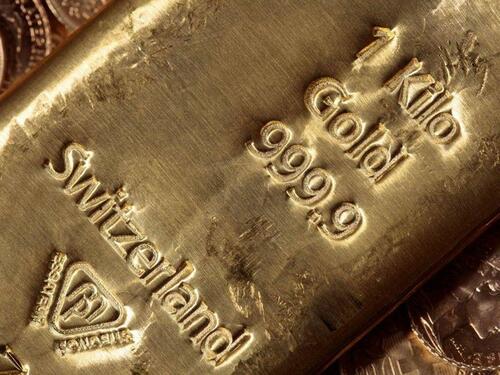
Yet ultimately, all these concerns share a common denominator. They all emanate from the same, very well founded and clearly troubling realization that our entire sociopolitical, economic and monetary system is merely a mirage – it is a house of cards, supported and backed by nothing but blind faith. It is also designed to favor and reward recklessness, opportunism, improvidence and sheer greed and to punish and penalize prudence, restraint, patience and personal responsibility.
This entire system, as complex and intricate as it might seem, is actually built on a very simple premise: It all relies upon the individual’s willingness to trade a promise of compliance, obedience and submission to a higher authority in exchange for security, order, protection and stability.
For those of us who have attained a meaningful understanding of history, of economics and of geopolitics, it will likely be clear that anyone tempted by this bargain is not only cowardly and dishonorable, but exceptionally foolish too. As Benjamin Franklin famously and concisely put it: “Those who would give up essential liberty to purchase a little temporary safety, deserve neither liberty nor safety.”
Still, in realistic, pragmatic, and purely cynical terms, such as those that underpin every modern, advanced, “enlightened” democracy, there remains a reasonable expectation of fairness. The citizens’ rights and (especially) their obligations are plainly laid out, but the State’s duties and limitations are also clearly defined. After all, that’s what Constitutions are for, on paper at least.
In modern democracies, those in government are supposed to be the servants of the people, not their masters. All state institutions, ministries and public offices are supposed to function as mere tools and conveniences for the average citizen, not as their whips or their shackles. In theory, both the government and the governed have distinct roles to play and there are clear, thoroughly negotiated and mutually accepted rules they must adhere to. In practice, however, this is rarely, if ever, the case. Much more often than not what actually happens deviates wildly from what was originally expected or agreed upon.
This is because those in positions of power tend to abuse said power unilaterally, surreptitiously and arbitrarily, and they bend, or even totally change, the rules in their favor. This inevitably leads to system that is fundamentally and inherently unjust, one which operates under the assumption that there are “rules for thee, not for me” and which functions under the tacit understanding that “we are all equal, but some of us are more equal than others”.
For any individual citizen, the “law of the land” is clearly laid out. It is strict and unyielding (e.g. there is no negotiation to be had or any “wiggle room” over the taxes they are compelled to pay, or over the permissions, licenses or official documents they have to obtain just in order to be able to work and earn a living, to travel or to relocate, to sell a property they own or to buy a new one, to build a business wherever and with whomever they deem fit, or even to freely speak their minds and voice their opinions and criticisms). For the governed, there is no choice but to abide by the rules, no matter how absurd or feckless they may be – if they dare oppose or defy them, swift and severe consequences will surely follow.
They could be heavily fined, they could have their bank accounts frozen, or their savings and their assets seized – as we saw over the last couple of years. Any and all of these punitive measures could leave them irreparably and irredeemably financially ruined.
Or perhaps they could be stripped of their basic civil rights, like the right to privacy, to free expression and self-determination. Maybe they could become targets for ideological zealots and all kinds of deranged lunatics on- and offline. They could be “cancelled”, they could lose their jobs, they could be banished from their social circles, shunned by their loved ones and ostracized from “polite society”. And if they were to persist and maintain their objections and if their reasons for doing so were dangerously well-founded and alarmingly compelling, they could even be physically detained and incarcerated.
Faced with such formidable opposition, that has access to and control over immense, diverse and powerful resources and that has the capability and willingness to deploy every offensive tool and weapon in its arsenal, clearly, it is easier, safer and patently more prudent for any individual citizen to simply comply, to conform and to just follow the rules. There is thus a clear guarantee that they’ll keep their side of that original deal and to deliver the compliance and obedience they promised; by force if not by will.
When it comes to the State, however, and all its ministries, branches and institutions, a very different set of rules seems to apply – a much more lenient, flexible and liberal one.
For example, the core pledge of security, protection and stability has yet to be fulfilled: no government has ever delivered on any of these promises socially, economically, geopolitically, or monetarily for any meaningful period of time. No matter how consistently and how faithfully the people keep their end of the deal, those in power always seem to have a ready excuse as to why they failed to honor their own and a confident assurance that they definitely, absolutely and unquestionably will, if you reelect them of course.
It is such an obvious and long-standing pattern. And this is why it is very hard to understand why and how any mature and rational citizen would place their trust in the next aspiring leader who embraces the very same ideas and values as everyone before them but still insists they will deliver different results. It is even harder to understand how anyone in their right mind could believe the oft-repeated commitment that politicians and State officials never tire of regurgitating: the promise to maintain order and to defend the rule of law.
How can any reasonable, cultivated, enlightened and decent person ever allow a fox to guard a henhouse? There are numerous historical and recent examples that clearly demonstrate the deep disregard that governments have toward their own laws and towards the rights of their own citizens. Those who have studied history know exactly how often and how easily those in power openly disregard and flout their own rules. Throughout history, governments have been known to renege on their promises. It might be justified by “special circumstances”, by invoking “emergency powers”, or in the name “national security”, but the result is what we’ve repeatedly witnessed over the last decades, all the violations of fundamental, constitutional, human and civil rights, of international law and of common decency.
In the last three years alone we saw too many disgraceful and truly flagitious examples: From infringing upon the individual citizen’s privacy, their financial sovereignty and individual liberties to brazenly violating their private property rights, their freedom of speech, their freedom of movement and their freedom of assembly.
Clearly, the rules don’t apply to those who make them.
Bearing in mind this bigger picture and keeping this wider context in mind, is it really surprising that the State (along with all its dependents, its agents and its cronies) routinely and consistently deceives, cheats, and exploits the very citizens it is theoretically bound to serve, defend, and protect?
For example, I recently came across a very interesting story from the US that perfectly illustrates how far governments have strayed from their constitutionally defined functions, powers and limitations. Specifically, one would expect law enforcement agencies and the individuals they employ to abide by and to adhere to the letter and the sprit of the Law, to respect the citizen they are supposedly serving, as well as their private property and their fundamental human and civil rights.
And yet, as the Los Angeles Times recently reported, the FBI egregiously violated said rights, when it opened and “inventoried” the contents of hundreds of safe deposit boxes in Beverly Hills during a raid in March 2021. Federal agents reportedly spent days shifting through personal belongings stored in nearly 1,400 safe deposit boxes, while they also seized assets from people who had not been charged with any crimes. They confiscated gold coins, family heirlooms, as well as piles of cash, which the total value of the seized assets exceeding $86 million. This entire operation bluntly violated the limitations of the warrant that authorized this raid, which clearly stated that it did not “authorize a criminal search or seizure of the safety deposit boxes.”
At the end of last year, a a federal appellate court ruled that “the agency’s cataloging of the contents of the privately rented boxes, without individual criminal warrants for each, violated the box holders’ 4th Amendment rights against unreasonable searches and seizures.” Court records also showed that the FBI had developed a plan to permanently confiscate everything in the boxes worth more than $5,000, as part of a wholesale forfeiture, based on an assumption that those assets were somehow tied to unknown crimes – even though there was no evidence provided to support this assumption.
No warrant was issued and no legal case was filed against the owners of said assets – they weren’t even notified of this “raid”; they only found out about this blatant violation after it was completed. Their basic constitutional rights, the very ones that every American citizen profoundly values and holds so dear, were just brazenly and flagrantly violated: their private property rights, their right against unreasonable searches and seizures, and their Sixt Amendment rights, especially their right to be informed of the nature and cause of the accusations against them and to face their accusers, their right to a speedy and public trial by an impartial jury and their right to counsel for their defense.
This case is far from unique, nor is it exclusive to the US. In Europe too, the long and multitudinous arms of the State also routinely and casually violate fundamental property, privacy and basic civil rights of innocent individual citizens. After all, what more can one expect from a system that is run by career apparatchiks and pencil pushers and principally controlled by unelected, unqualified, unremarkable, and thoroughly unaccomplished aspiring despots?
To be sure, this is not to say that Switzerland is some kind of perfect utopia, or that it is somehow magically and completely immune to the corruption and the threats of the State. To the contrary, I am the first to recognize the dangers that our small alpine nation faces and to sound the alarm against the steps it has taken in the wrong direction in recent years. For many years, I have, still do, and will continue to ardently oppose, vociferously criticize, fervently object to and fiercely rail against all these incremental (but potentially pivotal) changes that seek to erase the identity, the culture, the mentality and the character of the Swiss.
Nevertheless, as vocal and as persistent and as relentless as I have been and always will be, I never have and never will be genuinely worried about the future of this country. As I mentioned before, Switzerland is far from perfect, but it does still have one fundamental, distinctive, extraordinary and (in practical terms, truly unique) advantage: Direct democracy. This offers an ironclad protection against State overreach, or even any attempts to this end, and against any violation of private property rights.
Of course, the idea of direct democracy alone is no panacea. It only makes sense on a small scale and only among like-minded, enlightened and freedom-loving individuals. It must also be understood, embraced and practically implemented as a means to decentralization, as a manifestation of the principles of subsidiarity and as a tangible demonstration and as incontrovertible proof of the axiomatic, rudimental and foundational idea that every human being is born free. Their skills, their talents, their ideas, their efforts, their beliefs and their goals are theirs and theirs alone and they have the right to pursue, to express and to fulfill them in any way and to any extent they see fit – the only limitation is the age-old adage “my freedom stops where yours begins”.
This simple, yet very rarely practiced, sentiment lies at the heart of the Swiss identity and it represents the foundation of our small, but extraordinary, nation. This deeply engrained reverence for our own individual liberty and the equally unshakable respect for that of our neighbor is part of the Swiss DNA. It is what made this country what it is today and what guarantees it will endure and continue to thrive and be defined by its own will.
